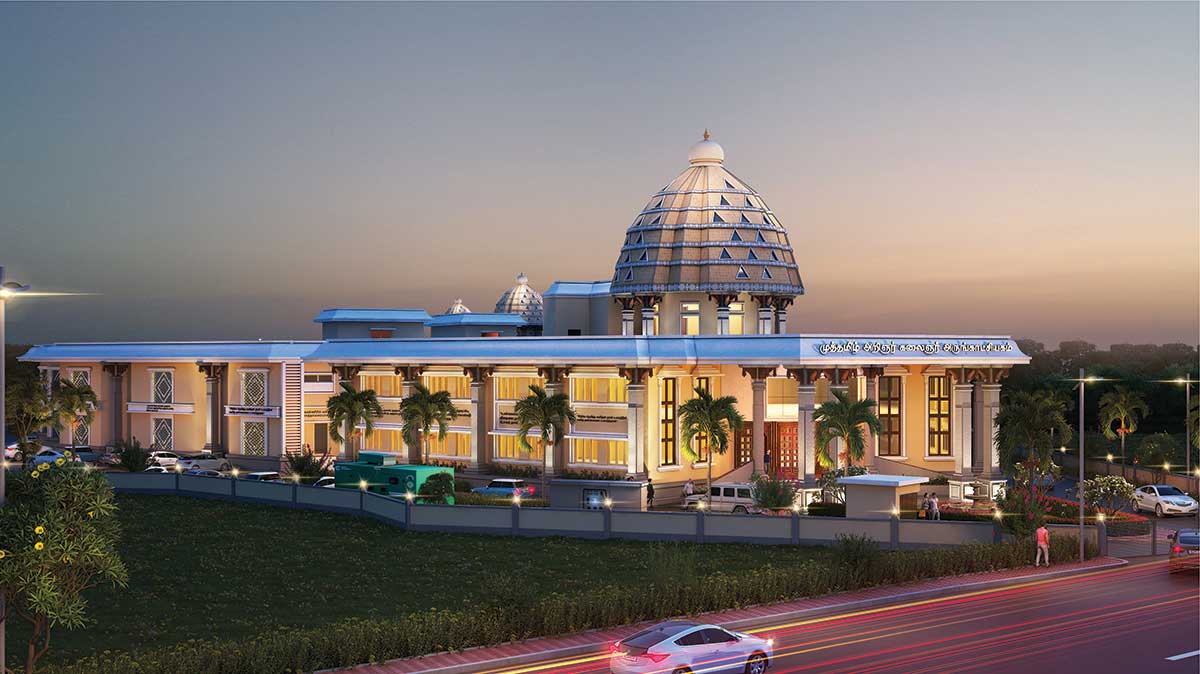
Our movements have been limited since the spread of the virus and our lives have become isolated. However, pandemics have always impacted our built environments, through architecture and urban design and planning. Preventing or limiting infections has always driven the function and form of the built environment.
Experiences from the pandemic will be taken forward into building and place design with more flexibility, adaptability, well-being, and sustainability, and will focus on creating places where people want to live, work, and play. Increased involvement and partnership from the public sector will place communities and social value at the heart of creating a ‘new normal’.
Sustainable development articulates this idea through designs that exemplify the principals of conservation and encourages the application of these principals in our daily lives. Sustainable development must use an alternative approach to the traditional design. The new approach must recognize impacts of every material and technology choice on the natural and cultural resources of the local regional and global environments.
Architecture in the future will have to be innovative in the materials used, and future building structures.
As populations and sea levels rise, architecture holds the key to the future of living on our planet. Architecture is the solution to poverty, overcrowding, and land depletion. New technology in the field of architecture will ensure humans can still live on earth.
The smart cities design trend focuses on the future. Smart cities refer to a type of urban development based on sustainability, with a greater focus on renewable energy, transportation solutions, smart home energy management systems, more comprehensive access to health, and public service analysis. These smart cities are built to respond to the needs of institutions, companies, and its inhabitants.
Smart city development will allow architects to make more efficient use of resources, lower energy consumption, and build cities to maximize efficiency. Big data is essential for understanding how people in cities move, use energy, and how other aspects of infrastructure interact, and much more.
Sustainability, carbon footprint, price, and innovations are now considerations which all architects have to take when deciding on their building materials.
Composite materials have become synonymous with modernity, desired in nearly every aspect of our daily lives, from simple everyday objects to sanitary facilities, pipelines, the construction of modern sewer networks, their renovation, water supply, and storage reservoirs, to complex structures like automotives, planes, and space science.
Composites have seen a considerable rise in attention owing to their characteristics of durability, strength, reduced energy usage during the manufacturing process, and decreased transportation costs. Composite materials consistently outperform steel, cast iron, and concrete in terms of CO2 emissions. Additionally, these materials have a long service life of about 150 years or more as they are corrosion-resistant.

There is a growing attention on design that enables sustainability, reduced energy requirements, and a lesser impact of buildings on the environment.
The architectural work transcends the architect, goes beyond the moment in which its construction takes place, and therefore can be contemplated under the changing lights of history without its identity being lost with the passage of time. In particular, themes such as sustainability, reduction of the impact of buildings on the environment, and reduction of energy requirements have led to a steadily growing attention on design. For this reason, new materials, components, construction systems and new control procedures have appeared on the market at an unprecedented pace in recent years: novelties that have set a radical change in the world of executive design, that is, the architecture of construction.















